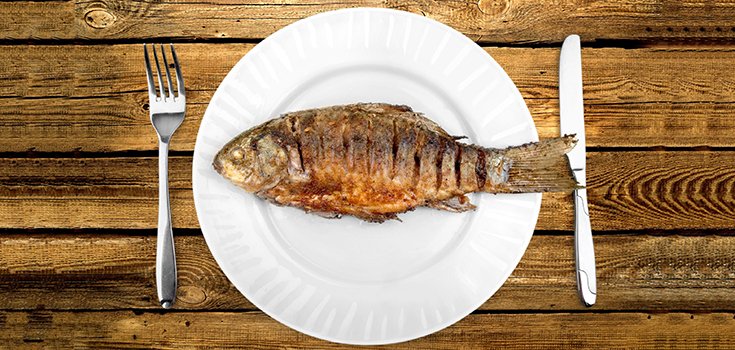Study Suggests Women are Exposing Themselves to Unsafe Mercury Levels

A study recently published by the Environmental Working Group (EWG) suggests women who eat as much or more seafood as the Food and Drug Administration (FDA) recommends for pregnant women may be exposing themselves to unsafe levels of mercury, depending on the types of fish they’re eating.

The FDA issued draft regulations in 2014 recommending women who are pregnant, nursing, or who might become pregnant consume more fish because they are high in omega-3 fatty acids. It was recommended to choose fish that contain lower levels of mercury as well. The advice also applied to young children.
The agency advised these women to eat 8 to 12 ounces or 2 to 3 servings of various types of low-mercury fish each week.
The EWG doesn’t think that the advice goes far enough, though, and that it could be potentially dangerous for women who eat too much mercury or fish species low in omega-3 fatty acids.
The group says its concerns have been confirmed by its study.
It found that 30% of frequent seafood eaters have mercury levels exceeding the limits established by the Environmental Protection Agency (EPA) – 11 times more than those who rarely ate seafood.
For their study, EWG tested the mercury levels of 254 women of childbearing age in 40 states including California who consumed as much or slightly more seafood than recommended by the FDA.
Said Sonya Lunder senior analyst at the EWG:
“We believe the nutrition-based advice for people to eat more seafood is backed up by science. But the science shows that [fish] only provides a benefit when you can keep your mercury levels low.”
Fish are contaminated with mercury through a variety of sources, though mainly through industrial pollution. When mercury winds up in water systems, it eventually travels into the ocean where it is consumed by small organisms. From there it works its way up the food chain in larger and larger amounts. This is why the highest concentrations of mercury are often found in large predatory fish.
Unfortunately, types of fish such as tuna are the ones humans are most likely to eat.
Other Research Says Benefits Mostly Outweigh the Risks
It used to be that pregnant women were told to avoid seafood entirely because of the mercury content, but in the past decade that has changed. Said Lunder:
“We’ve seen the nutritional science shift to say that there are benefits to eating seafood.”
This shift is due to the presence in fish of 2 types of omega-3 fatty acids, eicosapentaenoic acid (EPA) and docosahexaenoic acid (DHA). Research has suggested consuming these fatty acids can aid fetal development especially in the brain. This has led nutritionists to recommend pregnant women consume a moderate amount of seafood and stick to federal guidelines to create a “safe” level of mercury exposure.
Jordi Júlvez of one recent study concluded:
“It seems that our mercury indicator is telling more about fish consumption, and the positive effect of fish consumption, than the neurotoxic effects of mercury,” explained Júlvez.
“[T]he American guidelines advise pregnant women not to take large fatty fish, such as bluefin tuna, as it accumulates more heavy metals, such as mercury, and lipophilic contaminants such as organochlorine compounds. However, we have not found adverse effects by a high intake of fish, including large fish. We think that the positive effect of fish overcomes the negative effect of mercury.”
However, there is no ‘safe’ level of mercury exposure. It comes down to consuming as little of it as possible.
The federal government recommends pregnant women limit the amount of canned albacore tuna they eat and avoid swordfish, shark, tilefish, and king mackerel which typically have high levels of mercury.
The EWG would like to see the federal government suggest a stricter mercury limit of 0.58 parts per million (ppm). Nearly 60% of the women the group tested had more mercury in their system than that stricter limit, Dr. Philippe Grandjean, adjunct professor of environmental health at the Harvard T.H. Chan School of Public Health who tested and analyzed hair samples for EWG’s study, told CNN.
Lunder commented:
“I have followed this issue for almost a decade, and I have to say I was very surprised by the number of women who exceeded the EPA guidelines. I want to make it clear we support the idea that seafood can be a healthy beneficial choice during pregnancy. Omega-3s support healthy development and a healthy baby.
We want to encourage seafood consumption, but as women begin to eat more seafood, they have to keep that mercury information in front of them and in their mind so they don’t go in the wrong direction and suffer from the risks rather than the benefits.”
Sources:
